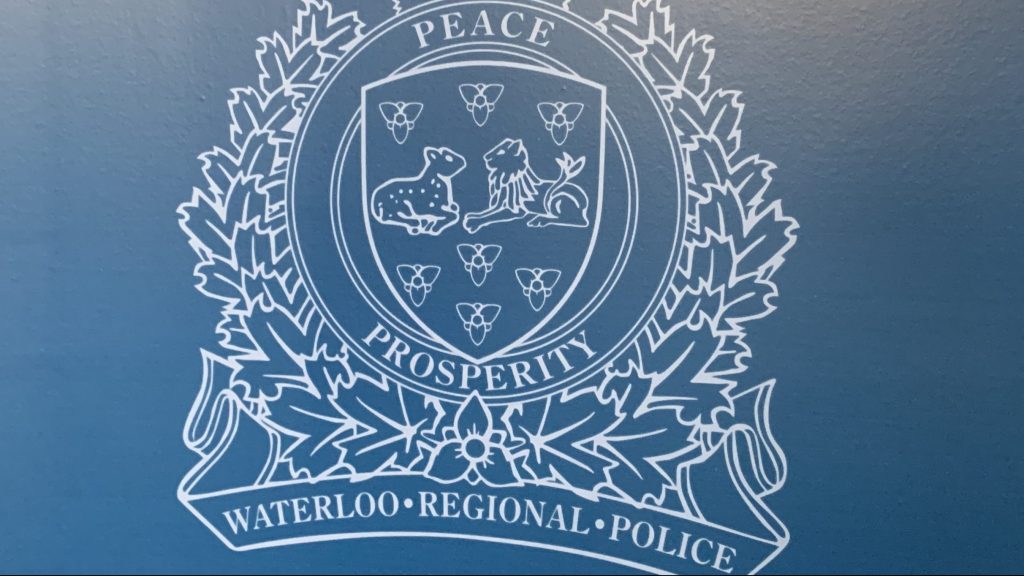Five ways consumers can be more socially conscious with their shopping
Posted Apr 23, 2014 03:36:33 PM.
This article is more than 5 years old.
The April 24, 2013 collapse of the Rana Plaza factory in Bangladesh killed more than 1,100 people and brought worldwide attention to production practices used to create affordable fashion staples. A year after the disaster, Kelly Drennan, founding executive director of Canadian advocacy group Fashion Takes Action, offers tips on how to look sharp with a clear conscience.
___
Get Informed:
Drennan says shoppers looking to put their money where their heart is should be prepared to educate themselves about their shopping decisions.
North America lags behind other parts of the world on disclosing where and how apparel is made, so consumers should take matters into their own hands.
If shopping at local boutiques, ask questions about design and manufacturing practices. Go online and research your favourite brands.
And as you sort through the copious information out there, set your personal ethical shopping priorities, whether it’s to lower your environmental footprint or to support good conditions for factory workers.
“(Sustainable fashion) doesn’t necessarily mean just one thing, which I think will feed into how there’s many different ways for consumers to be sustainable,” Drennan says.
___
Look for eco-friendly fabrics:
Drennan advises green fashionistas to keep fabric top of mind as they replenish their wardrobes. If buying clothes in natural fibres such as silk, wool or cotton, she suggests buying fabrics that have been organically grown if possible.
Other non-organic textiles, such as Tencel and hemp, can also be high on style while being relatively low on planetary impact, she says.
___
Buy local, buy fair trade, or buy with your heart:
Clothes and accessories manufactured in Canada can be a great way to cut down on a wardrobe’s overall environmental footprint — assuming the whole garment was made here.
Drennan cautions consumers that the standards behind such labels are far from stringent.
“That ‘Made in Canada’ definition is very loose. It could have been that a pocket was sewn on or the label was sewn in,” she says.
Alternatives for ethical shoppers are to buy fair trade-certified clothes, which are made in humane working conditions, or to support manufacturers who take pains to give back to their communities even if they haven’t achieved industry certification.
___
Look for upcycled items:
Need a dash of eco-conscious creativity in your closet? Drennan urges consumers to look for garments that include upcycled components.
“Upcycled is taking an old men’s dress shirt and turning it into a really funky top, or an old pair of jeans and turning it into a vest or a bag,” Drennan says, adding such a process extends an item’s shelf life and cuts back on pollution.
It’s a more cost-effective option for smaller designers, who lack the resources to fully recycle their fabrics.
While heavy hitters like Patagonia have the infrastructure to unravel old fabric and spin the pieces into new yarns, smaller shops will find ways to incorporate whole garments into new and sometimes edgy pieces.
___
Say no to new:
Drennan feels today’s consumers are too hooked on the concept of brand new clothing, and as a result are missing out on myriad ethically stylish alternatives.
“Second-hand and vintage is a great way to be wallet-friendly and eco-friendly at the same time,” she says.
“You’re basically saving a garment that’s otherwise destined for the landfill.”
Other options include taking part in clothing swaps or learning to sew, assuming you want to grow your wardrobe. Drennan says sometimes the surest path to a sustainable closet is simply to buy less.










